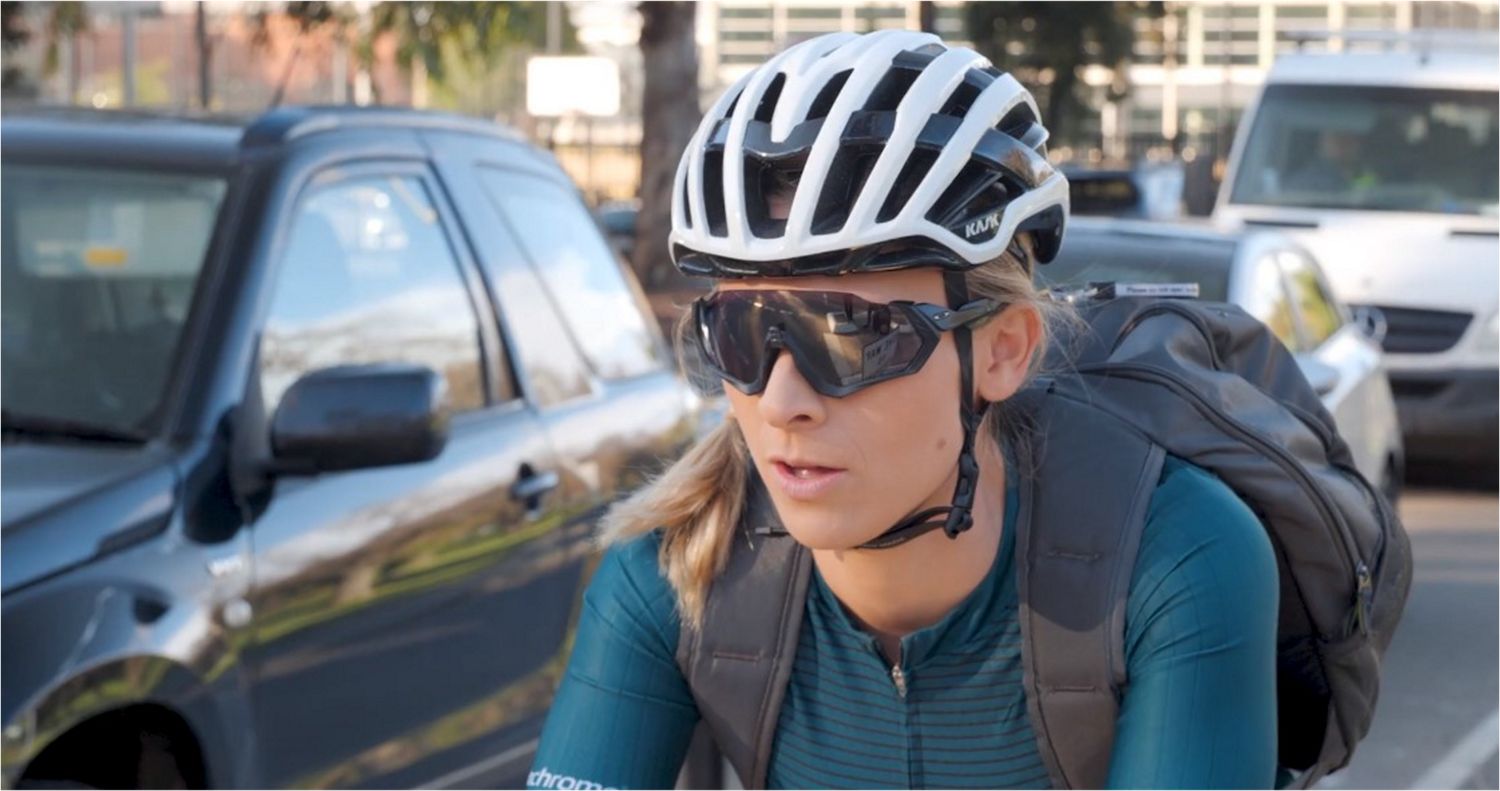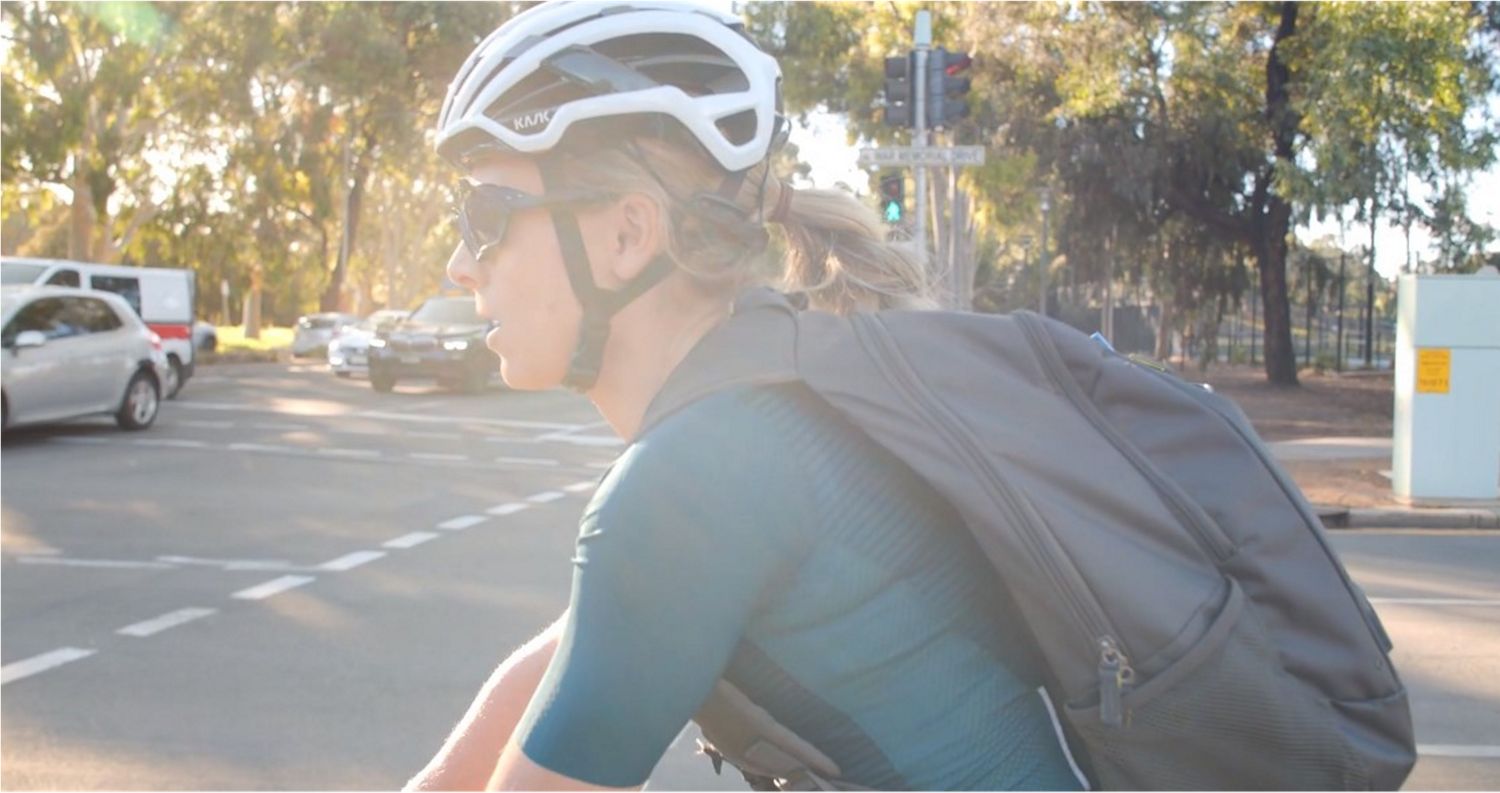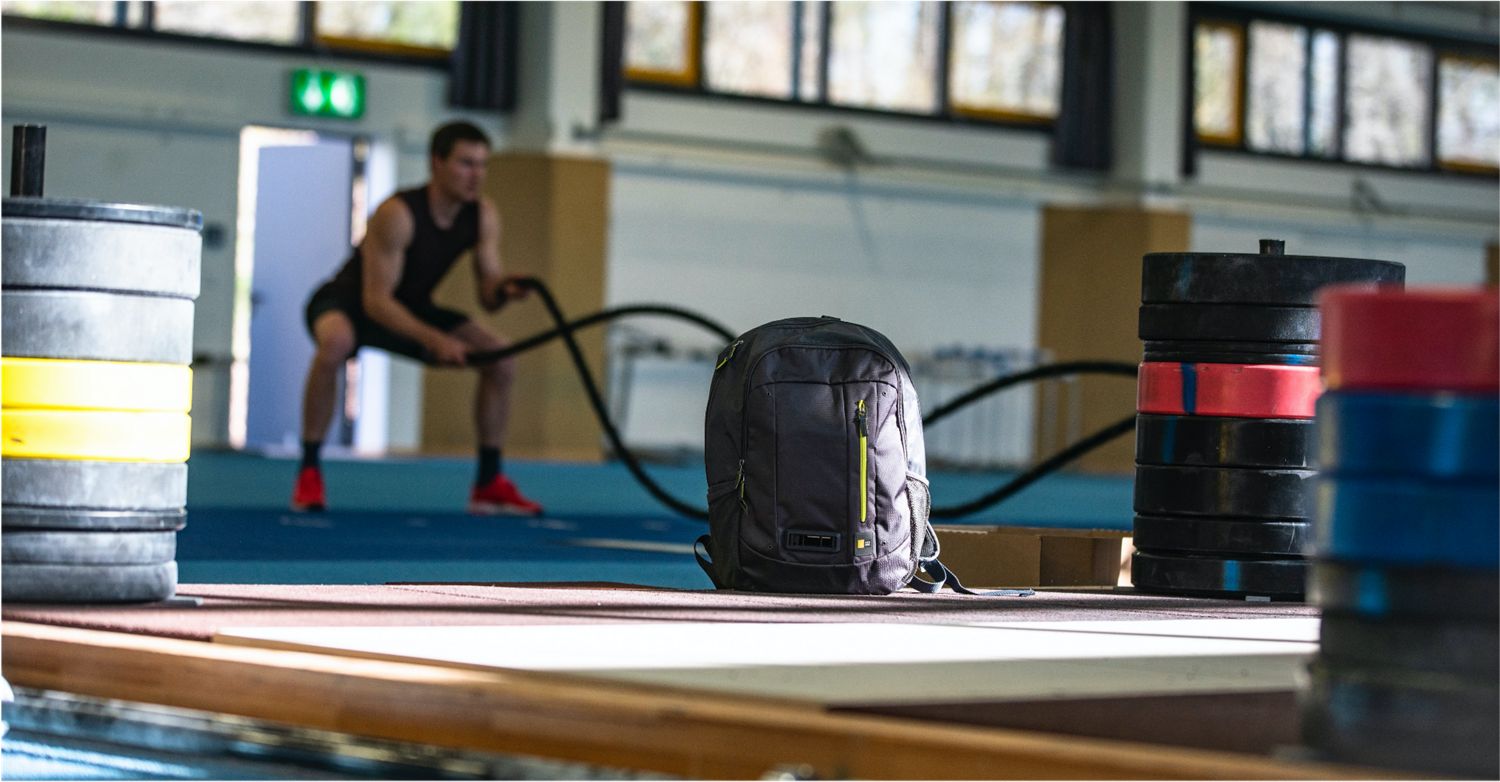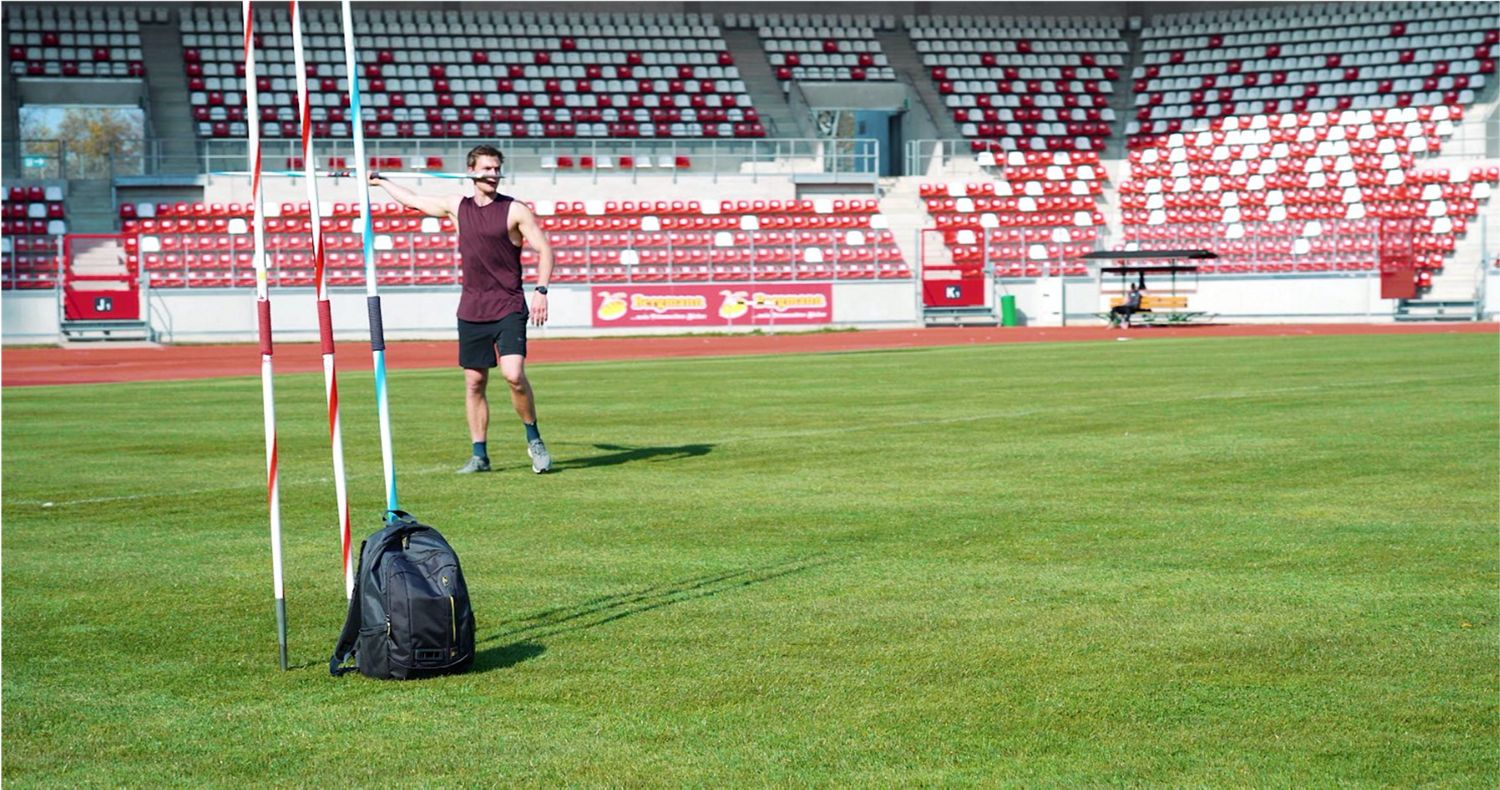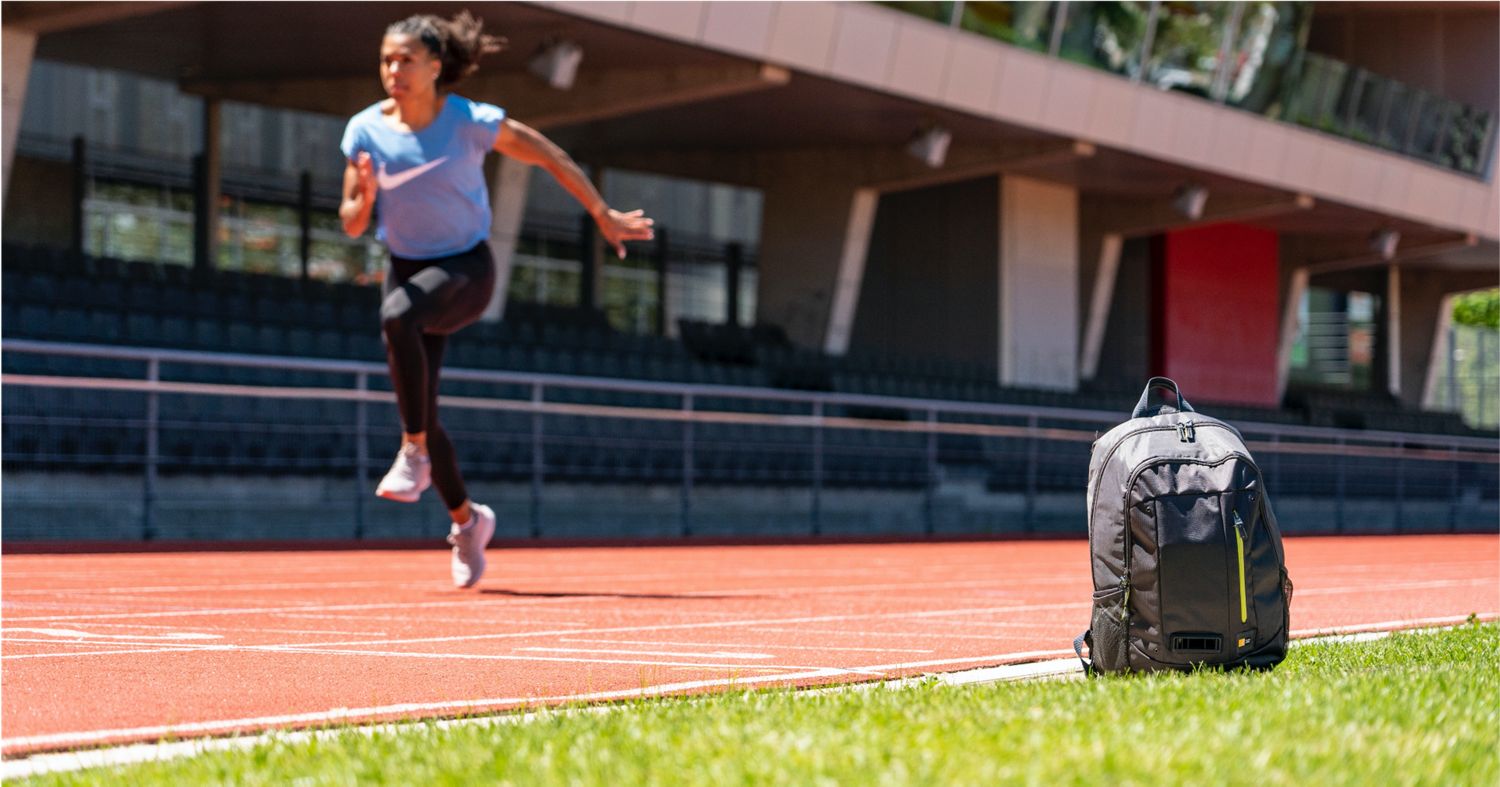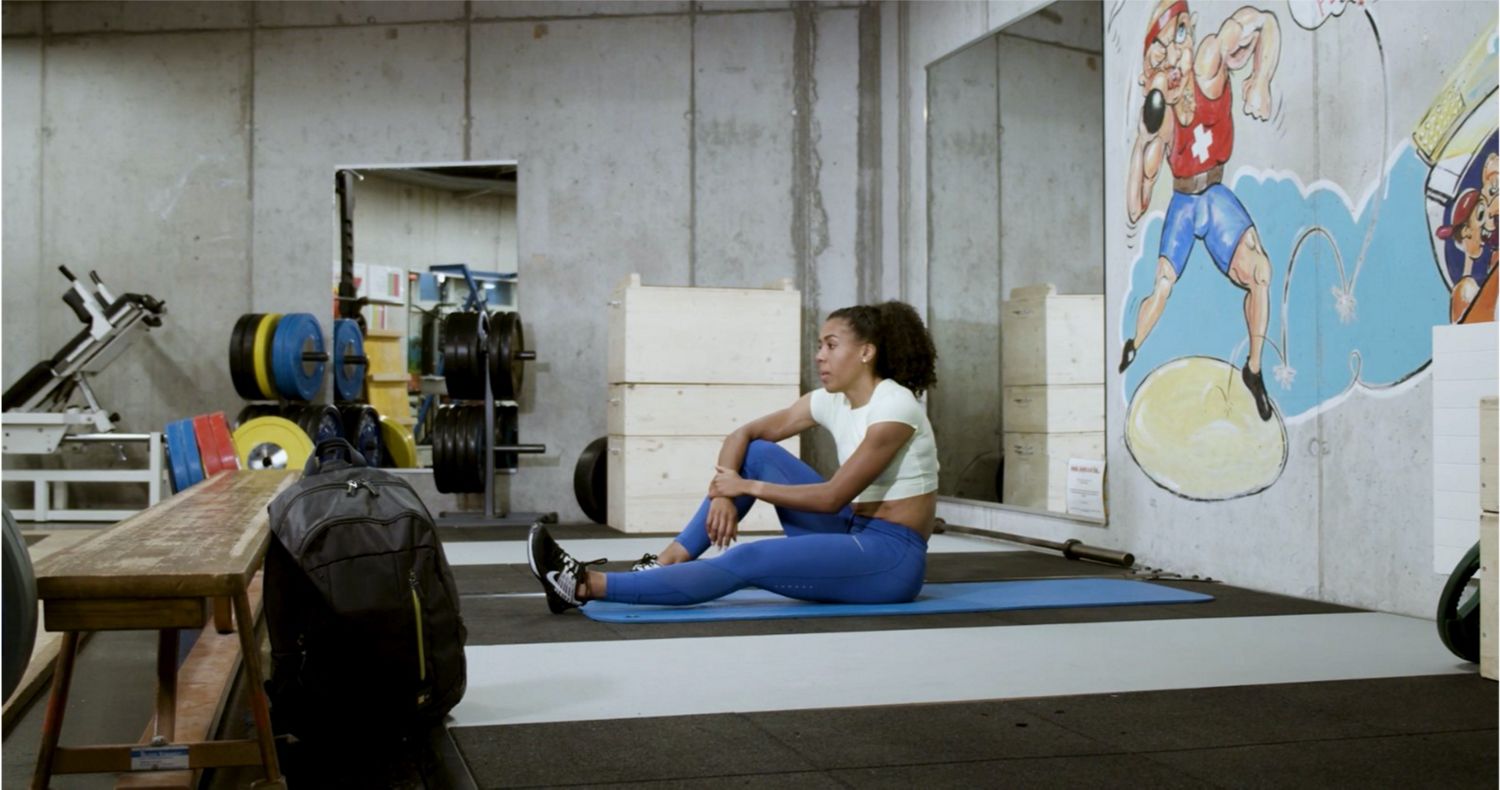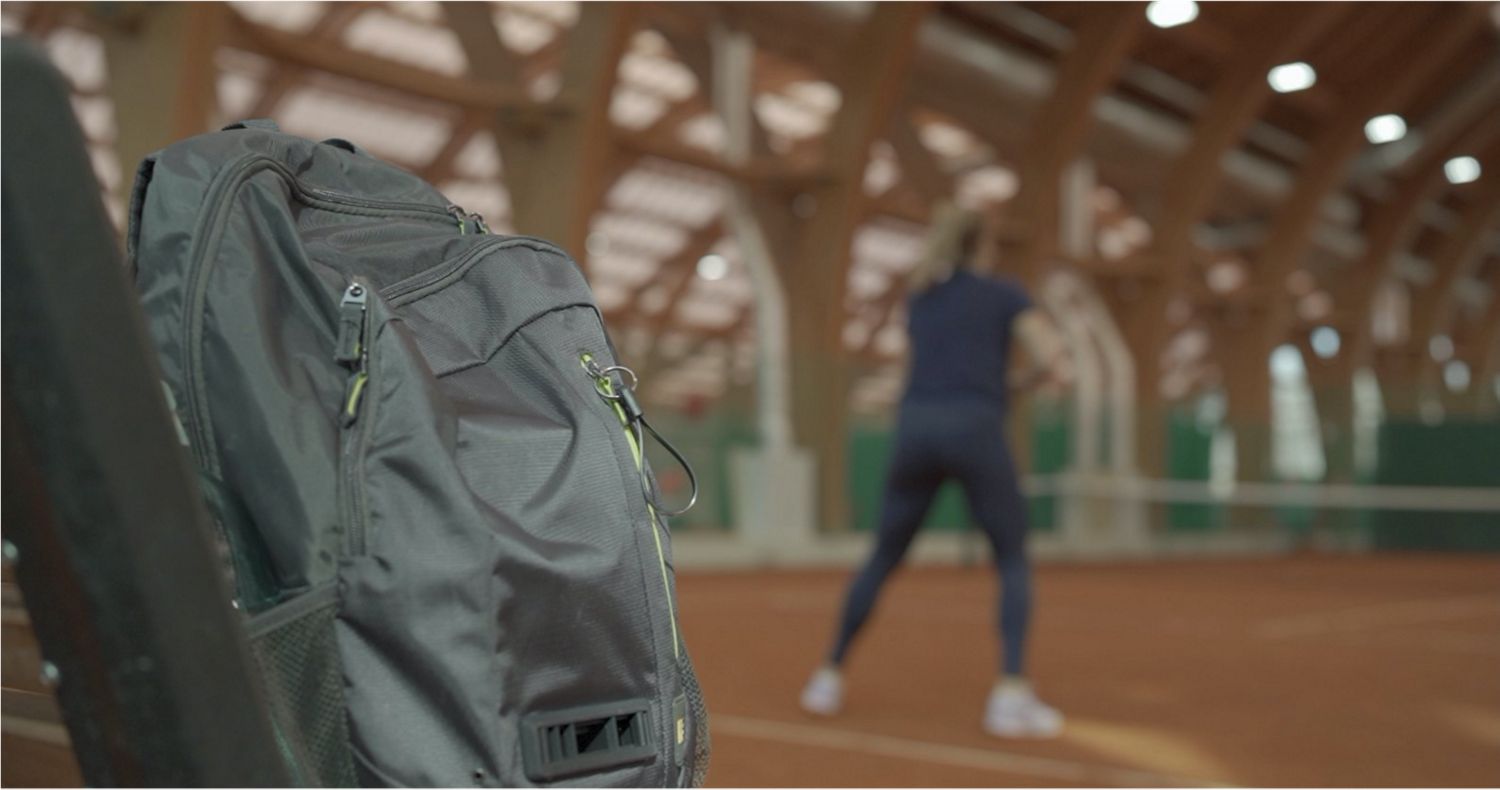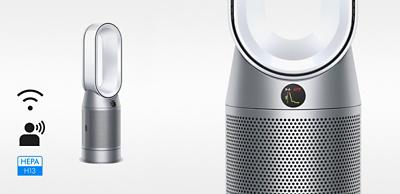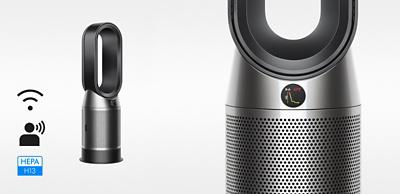
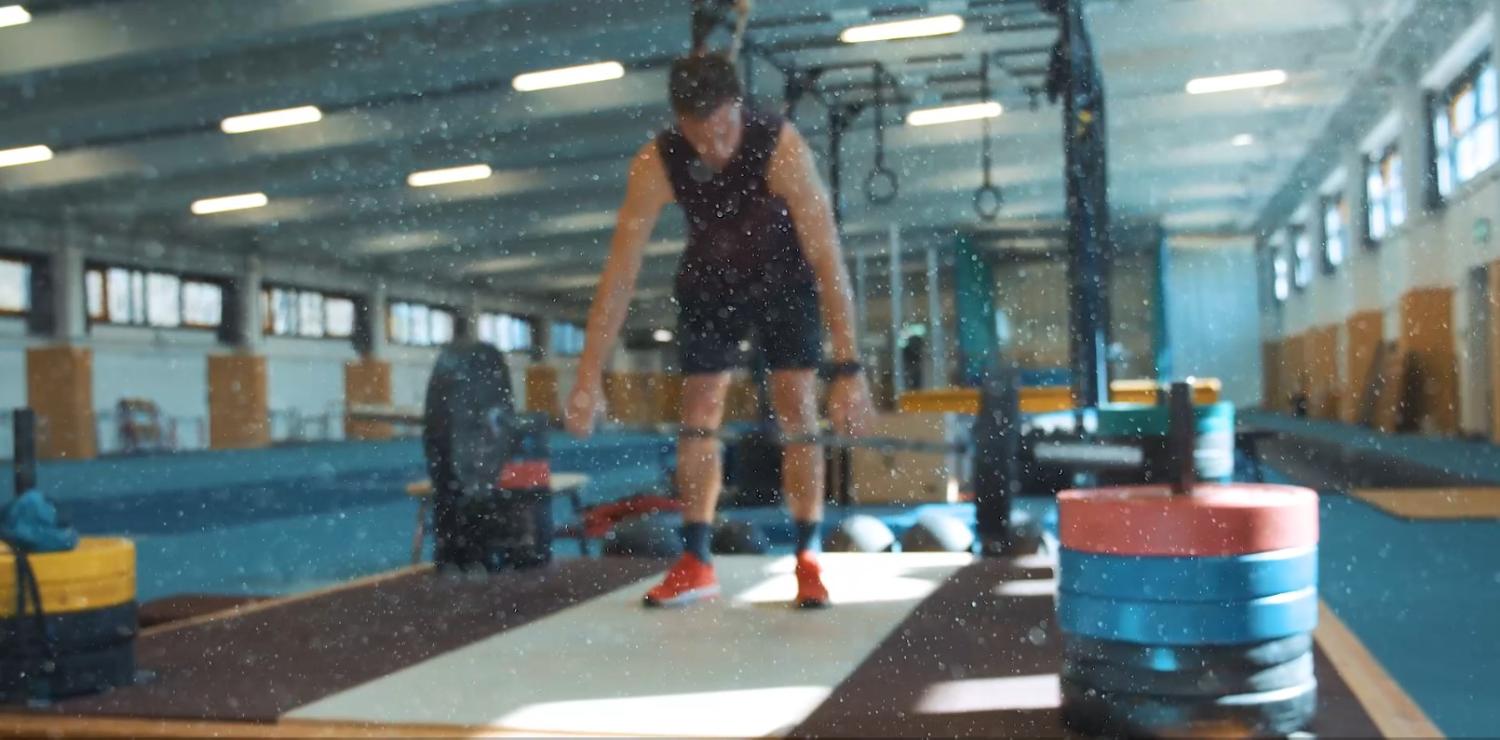
Athletes explore relationship between breathing clean air and wellbeing using Dyson’s wearable air monitoring technology
#CleanAirDay
Dyson today revealed a global project it has been undertaking around the world, working with six athletes to help educate them on their exposure to air pollution and its potential impact on wellbeing and performance.
-
Malmesbury, UK, 17 June 2021: A group of six athletes[1] around the world, who are heading to the world’s largest sporting event this summer, have been working with Dyson over the last few months as part of a research project to explore how air quality can impact wellbeing.
The athletes – Annette Edmondson (Australia), Thomas Röhler (Germany), Shingo Suetsugu (Japan), Dafne Schippers (Netherlands), Anastasia Pavlyuchenkova (Russia), and Mujinga Kambundji (Switzerland) – participated in Dyson’s wearable air monitoring technology project. They used Dyson’s prototype air quality backpack for a period of three days, using it all day long while completing different activities, to collect data to track their personal exposure to air pollution.
Dyson scientists initiated the project to explore how exposure could affect athletic performance. Re-working existing technology used in Dyson purifiers, the Dyson air quality backpack is a portable air-sensing device. Armed with on-board sensors, a battery pack and GPS, it is able to measure pollution data on the move.
-
Alex Knox, Vice President of Environmental Care at Dyson, said:
“In line with Clean Air Day and improving public understanding of air pollution, we are continuing our research in air quality by extending this backpack project to athletes. Equipping these athletes with data about their air quality will empower them to take control of their pollution exposure. We are focused on meaningful action in terms of education and awareness and working with athletes as advocates can help us achieve that.”
-
Added Luisa Giles, PhD. Assistant Professor, University of the Fraser Valley, Department of Kinesiology:
“Studies have shown that air pollution exposure can impact health and that exposure during exercise can impact athletic performance. Athletes constantly look to improve their competitive edge and through a marginal gains approach, exposure to better air quality may be one of the small aggregated improvements to achieve overall sporting success.”
-
Data findings
Dyson engineers analysed the findings by pairing the air sensor and GPS data from the backpack with the athletes’ diary entries, where they documented their activities and observations in the period wearing the air quality backpack.
The collected data was also paired with indoor air quality data from Dyson’s connected purifiers in the athlete’s home, to develop a picture of how indoor and outdoor air quality can impact wellbeing. These steps allowed the athletes to understand what might have caused the pollution and how they might be able to lower their exposure in the future. This highlights how air quality can be impacted by daily activities:
- Increased exposure to Nitrogen Dioxide (NO2) and PM2.5 pollution was monitored when some of the athletes drove towards city centres. This is unsurprising as these are pollutants commonly associated with vehicle emissions as well as brake and tyre wear.
- Five out of the six athletes cooked during their period of data collection, registering spikes in PM2.5 or NO2. The combustion process while cooking releases particulates into the air, likely contributing to this increase.
-
Annette Edmondson - Australia
-
Shingo Suetsugu - Japan
-
Dafne Schippers - Netherlands
-
Thomas Röhler - Germany
-
When asked about the impact of Dyson’s findings, Thomas Röhler, European Champion in the javelin throw in 2018, said:
“As an athlete, I know how to work on weaknesses. I do this in my training every day but one thing I was not aware of at the beginning of the study, is air quality. I think I can be better with what I do and how I recover, by improving my air quality. Thanks to this Dyson air quality backpack study, I now know what problems there are with the air indoors and outdoors and can work on that.”
-
Mujinga Kambundji - Switzerland
-
Anastasia Pavlyuchenkova - Russia
-
The air quality backpack was initially developed by Dyson engineers for the Breathe London study with Kings College London and the Greater London Authority. Engineers designed the portable air monitoring device to be smaller and reflect existing sensing technology used in Dyson air purifiers, whilst still accurately capturing PM2.5, PM10 and VOC and NO2 exposure.
-

Dyson air pollution data recorded by Delhi-NCR based mother showed average personal exposure to PM2.5 indoors to be over four times worse during annual pollution season.
-

Eco-Enthusiast investigates air pollution exposure in Hong Kong
Dyson’s air quality backpack measures personal air pollution exposure during a two-day tour of the city.
Frequently asked questions
Ultrafine particles such as aerosols or gases.
Particulate matter smaller than 10 microns, includes pollen, dust, pet dander and allergens from plants and flowers.
Found in high concentrations near roadways, as NO2 often comes from car exhaust fumes.
Yes, in fact, it can be up to 5x worse than outdoor air, according to the EPA.
-
[1] Annette Edmondson (Australia), Cycling; Thomas Röhler (Germany), Track and Field - Javelin; Shingo Suetsugu (Japan), Athletics; Dafne Schippers (Netherlands), Athletics; Anastasia Pavlyuchenkova (Russia), Tennis; Mujinga Kambundji (Switzerland), Athletics.
Choose your model
Press contacts
-
USA
Emails us at USPR@Dyson.com
1330 West Fulton Street, 5th Floor, Chicago IL, 60607
-
Social media
- Twitter: @dyson
- YouTube: youtube.com/dyson
- Facebook: facebook.com/dyson
- Instagram: @Dyson
- Instagram: @dysonbeauty
- LinkedIn: Dyson
- Pinterest: Dyson Technology

